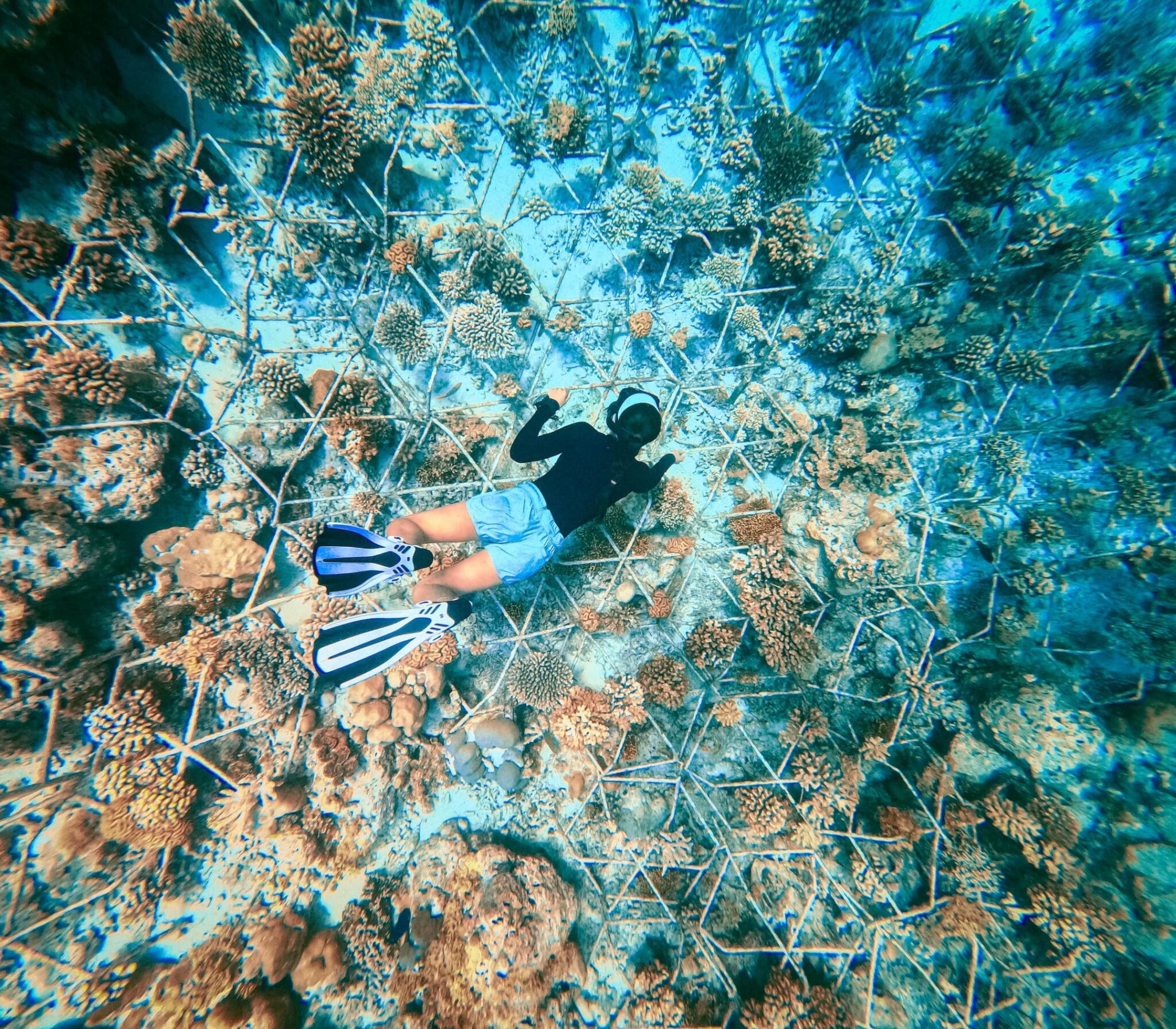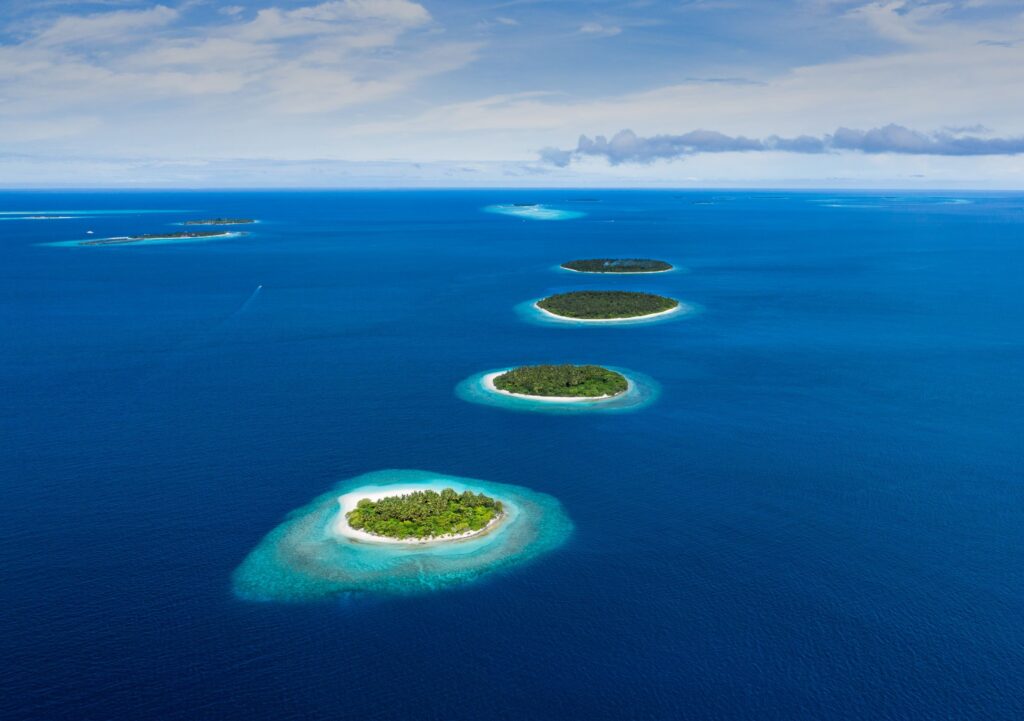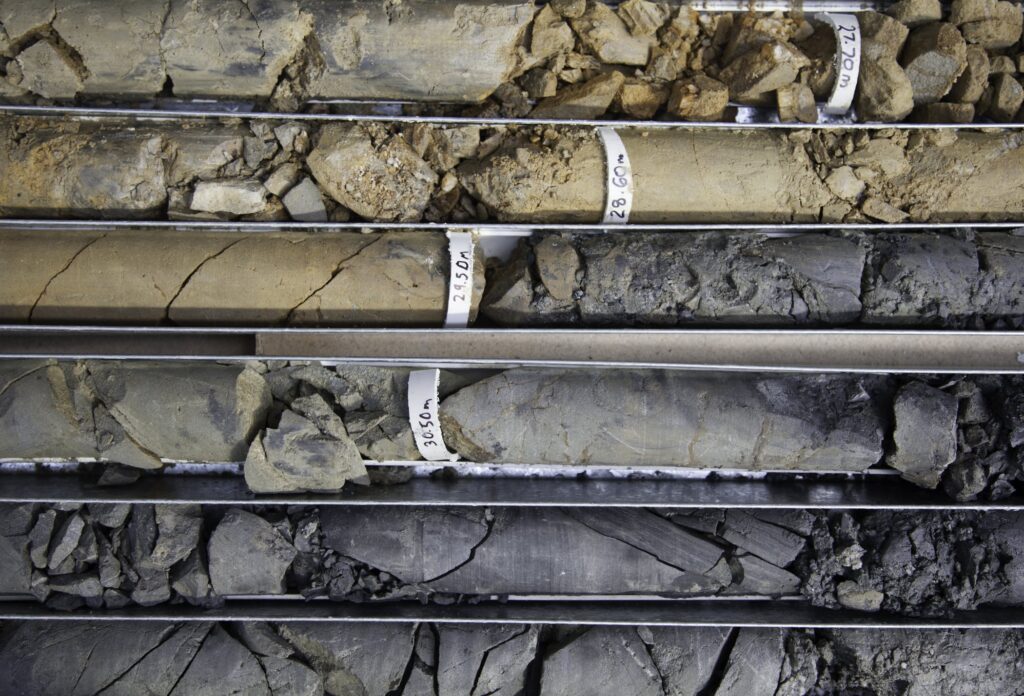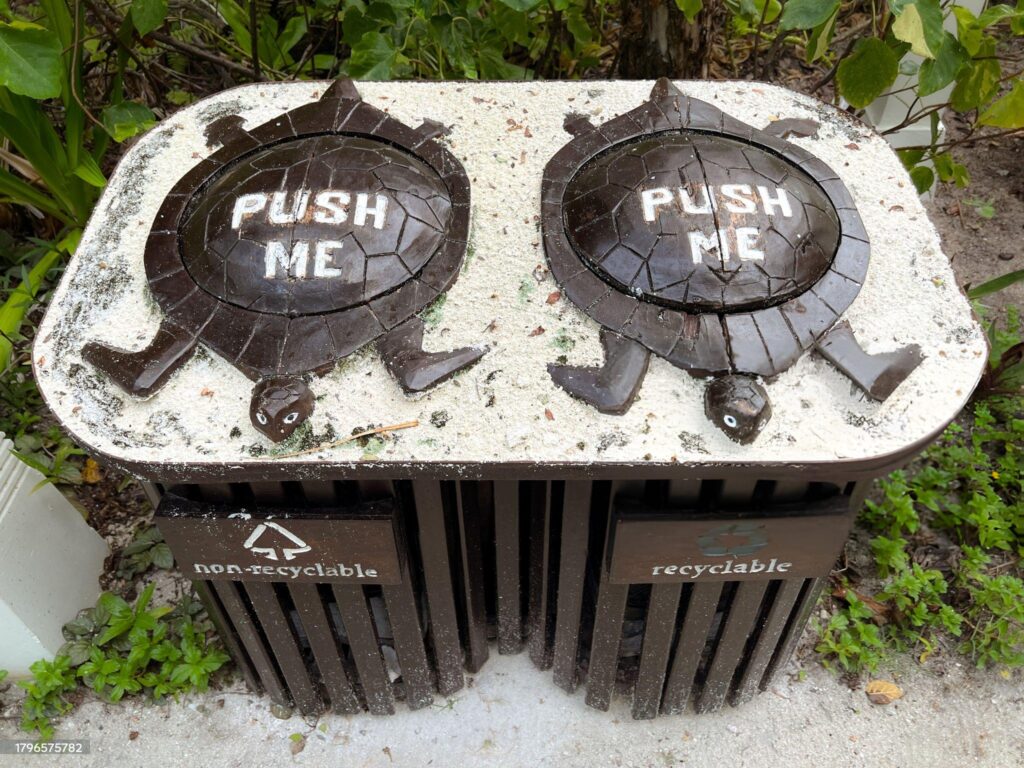Islands, with their stunning coastlines and vibrant marine ecosystems, are at the forefront of environmental challenges. Climate change, pollution, and unsustainable practices threaten the very resources that sustain island communities. However, amidst these challenges, a wave of innovative technologies is helping us better understand, protect, and restore our precious marine environments.
At SIDCO, we’re passionate about harnessing these advancements to empower island communities in marine conservation.
Taking Flight for Reef Health: Drones
Traditionally, monitoring coral reefs has been a labor-intensive and expensive endeavor, often requiring divers and specialized equipment. Enter the drone! These unmanned aerial vehicles (UAVs) are revolutionizing reef monitoring.
Equipped with high-resolution cameras and specialized software, drones can rapidly capture vast areas of reef, creating detailed 3D models. This allows scientists to assess coral health, identify areas of stress or damage, and track changes over time. Additionally, drones can be used to map coastlines, identify potential erosion threats, and monitor illegal fishing activities. Their agility allows access to remote reefs or shallow areas difficult to reach by boat.
Seeing Beneath the Surface: Underwater Cameras
For a closer look at the underwater world, a variety of camera technologies are playing a vital role. Static underwater cameras strategically placed on reefs provide continuous observation. These “reef cams” allow scientists to monitor fish populations, coral spawning events, and predator-prey interactions in real-time. Additionally, time-lapse cameras capture changes over longer periods, revealing trends in coral growth or reef degradation.
For wider coverage, autonomous underwater vehicles (AUVs), also known as underwater drones, can navigate pre-programmed courses, capturing detailed video and data on water quality, temperature, and marine life.
Beyond the Camera: A Spectrum of Technologies
The toolbox of marine conservation technology extends far beyond cameras. Acoustic monitoring systems use underwater microphones to detect the sounds of whales, dolphins, and other marine mammals, allowing scientists to track their movements and identify critical habitats.
Environmental DNA (eDNA) analysis involves collecting water samples that contain traces of genetic material from various organisms. By analyzing this eDNA, scientists can gain valuable insights into the biodiversity of an area without directly capturing or disturbing marine life. Satellite remote sensing provides valuable data on sea surface temperature, chlorophyll levels, and ocean currents, helping us understand the broader environmental context impacting marine ecosystems.
Empowering Island Communities through Technology
These innovative technologies offer several advantages for island communities engaged in marine conservation efforts.
- Cost-Effectiveness: Compared to traditional methods, these technologies can be more cost-effective, allowing for wider coverage and more frequent monitoring.
- Data Collection and Analysis: The vast amount of data collected can be analyzed using powerful software, providing valuable insights for informed decision-making.
- Improved Enforcement: Drone and camera technology can assist in monitoring illegal fishing activities and enforcing regulations.
- Community Engagement: Real-time data from underwater cameras can be used for educational purposes, fostering community awareness and engagement in conservation efforts.
SIDCO: Partnering for a Sustainable Future
At SIDCO, we recognize the unique challenges and opportunities faced by islands. We are committed to working alongside island communities to identify and implement the most suitable technological solutions for their specific needs. By combining our expertise in sustainable development with cutting-edge technologies, we can empower islands to become stewards of their marine resources, ensuring a healthy future for their ecosystems and communities.
Looking Forward: The Future of Marine Conservation Technology
The field of marine conservation technology is constantly evolving. Emerging technologies like bio-logging tags attached to marine animals are providing unprecedented insights into their behavior and migration patterns. Artificial intelligence (AI) is being explored for automated analysis of underwater footage, allowing for faster and more accurate identification of species and potential threats.
By embracing these advancements and fostering collaboration between scientists, technologists, and island communities, we can navigate the challenges of the future and ensure the health and vibrancy of our marine ecosystems for generations to come.
Ready to explore how innovative technologies can support your island’s marine conservation efforts? Contact SIDCO today and let’s chart a sustainable course together!




